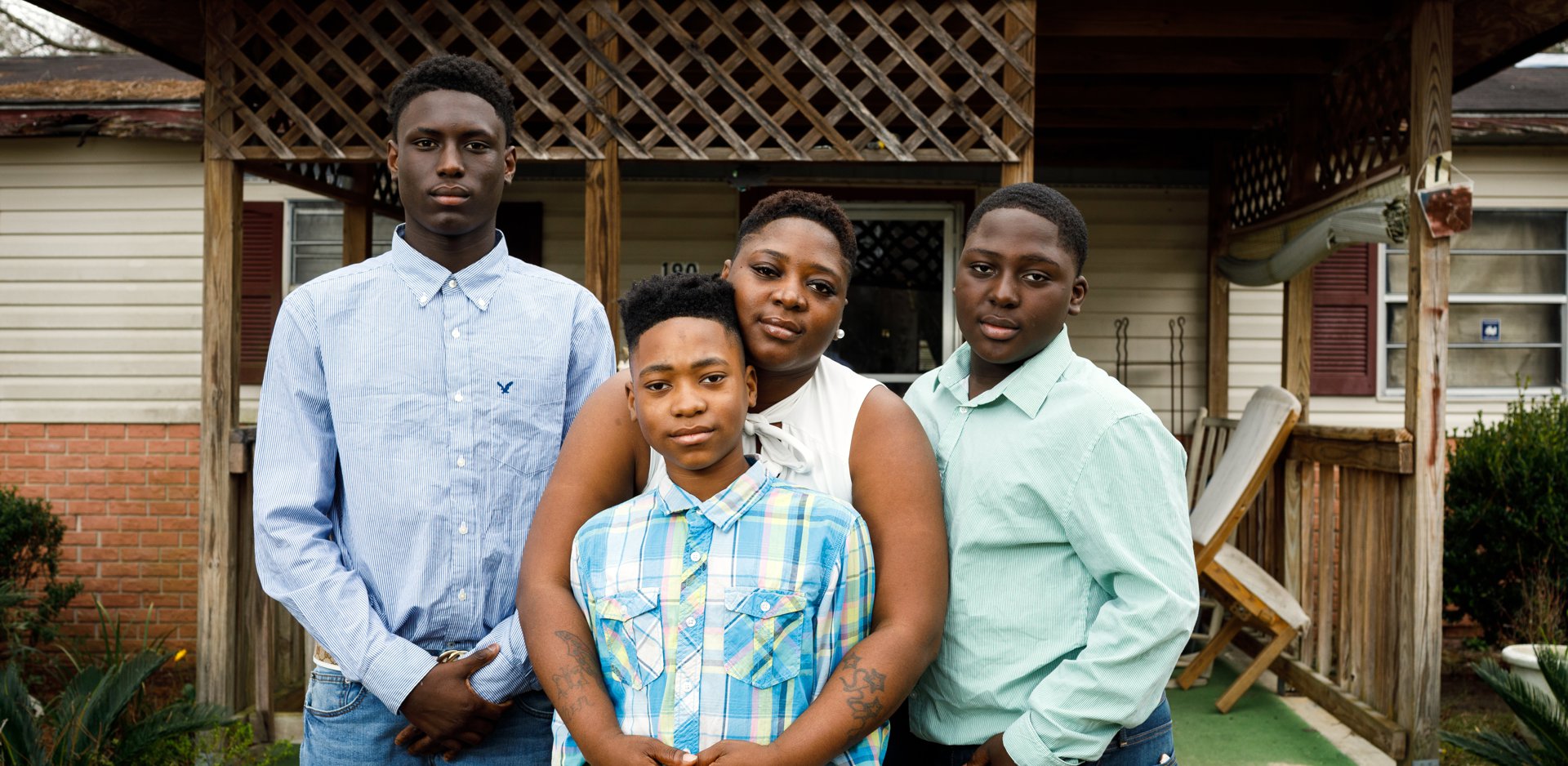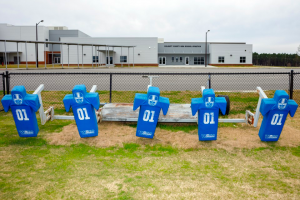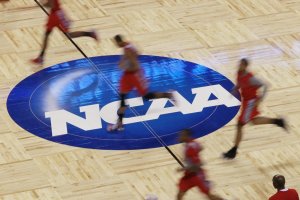- 18,115
- 11,769
- Joined
- Jan 11, 2013
Prejudice or Principled Conservatism? Racial Resentment and White Opinion Toward Paying College Athletes

https://journals.sagepub.com/doi/pdf/10.1177/1065912916685186
Thoughts?
https://journals.sagepub.com/doi/pdf/10.1177/1065912916685186
Abstract
Despite its widespread use in studies of race and ethnic politics, there exists a long-standing debate about whether racial resentment primarily measures antiblack prejudice or ideological conservatism. In this paper, we attempt to resolve this debate by examining racial resentment’s role in shaping white opinion on a “racialized” policy issue that involves no federal action and no government redistribution of resources: “pay for play” in college athletics. Using cross-sectional and experimental data from the 2014 Cooperative Congressional Election Study and Amazon’s Mechanical Turk, we find evidence not only that racial resentment items tap racial predispositions but also that whites rely on these predispositions when forming and expressing their views on paying college athletes. More specifically, we demonstrate that racially resentful whites who were subtly primed to think about African Americans are more likely to express opposition to paying college athletes when compared with similarly resentful whites who were primed to think about whites. Because free-market conservatism, resistance to changes in the status quo, opposition to expanding federal power, and reluctance to endorse government redistributive policies cannot possibly explain these results, we conclude that racial resentment is a valid measure of antiblack prejudice.
Thoughts?











